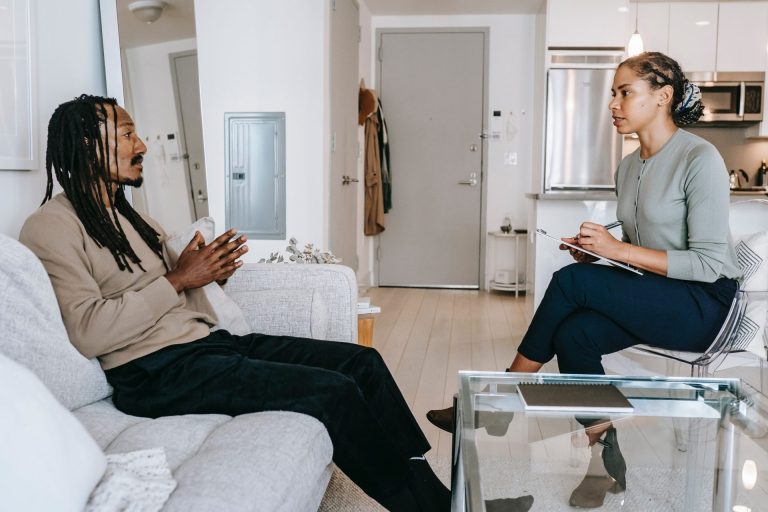3 tips to help you get the most out of therapy
When clients first come to therapy, in the first 1-4 sessions, they often ask me if they’re “a good client” or if they’re “doing therapy right”. Now, of course there’s no such thing as a bad client. As long as you are showing up and are engaging as much as you can, you’re a “good client”. This question usually has more to do with their overall sense of self-worth.
When it comes to the “am I doing therapy right?” question, that’s a different story. To me, it sounds like: “Am I getting all I can from this? And if not, how can I get more out of it?”
Here are some tips I usually give clients:
1) Don’t hold back – Your therapy session is a space in which you are allowed to, in a safe environment, and hopefully with someone very understanding and supportive, voice anything that’s on your mind. If you disagree with what the therapist is saying, if you feel like you’re not benefiting from therapy, if you disagree with what you think are their values, if you think they’re talking too much or too little, if you feel the past doesn’t matter, etc., tell them! And then discuss it with them. That’s what they’re there for. The relationship is what heals, and the client-therapist relationship should be a sort of a practice ground for all your other relationships. You are ideally going to be able to then internalize the accepting and judgement-free attitude towards yourself, and you will be more able to interact with people in a more satisfying way, if that becomes your starting point.
2) Discuss and understand the role of your past experiences – Your therapist knows why the past is so important, but do you? Have you ever discussed it with them, have you ever talked about why they always go back to that one scene from your childhood? If not, talk to them.
Often times, people feel trapped by a symptom they can’t quite understand or attribute to anything. This is where it’s safe to assume that it isn’t caused by anything current, and it may be worth-while to look back. Most likely, you’re stuck in some sort of an unfinished business you couldn’t resolve ‘then and there’, so you now need to get ‘unstuck’ and to free up that energy so you could move on.
3) Journal between sessions – You’ve started therapy, and now you often find yourself beginning each session by saying “Oh, I don’t know…I’m fine”? Verbalizing your thoughts and feelings throughout the week can help greatly with shining a light on your feelings, and with being able to more ‘fluently’ talk about them. Another tip very closely related to this one would be: take some time for yourself before and after each session – Don’t just run into the therapists office after a hectic day at work/in traffic. Don’t run out of the shower and sit in front of your computer at 4:59 if the session’s starting at 5. Instead, try to take 15 minutes before each session to gather your thoughts, to slow down and get some deep, mindful breathing in, to check in with yourself and see what’s on your mind, and to think about how you can make the most out of your time in session. Also, so you’d have more of a sense of accomplishment, and so everything you’re working on would consolidate in your mind, try to have some time for self-reflection and for going over the important points you’ve discussed in therapy (if you didn’t have time to recap during the session).
I hope you found these tips helpful. If not, you can always discuss this topic with your therapist as well.
If you think that you can benefit from professional support on this issue you can reach out here.
Branka Mlinar is a psychologist and Gestalt therapist offering psychotherapy and counseling to adolescent and adult individuals. She’s mostly worked with problems of anxiety, interpersonal and relationship issues, procrastination, work-related stress, trauma, and grief.
References:
Bohart, A. C., & Wade, A. G. (2013). The client in psychotherapy. Bergin and Garfield’s handbook of psychotherapy and behavior change, 6, 219-257.
Elliott, R., & James, E. (1989). Varieties of client experience in psychotherapy: An analysis of the literature. Clinical Psychology Review, 9(4), 443-467.







